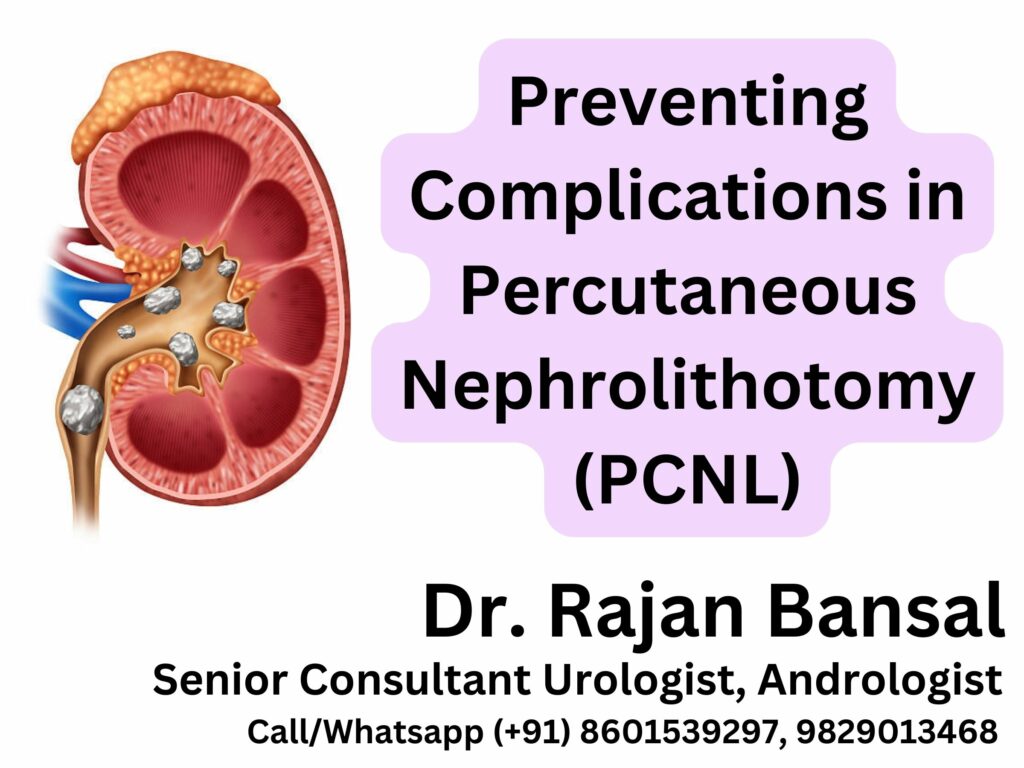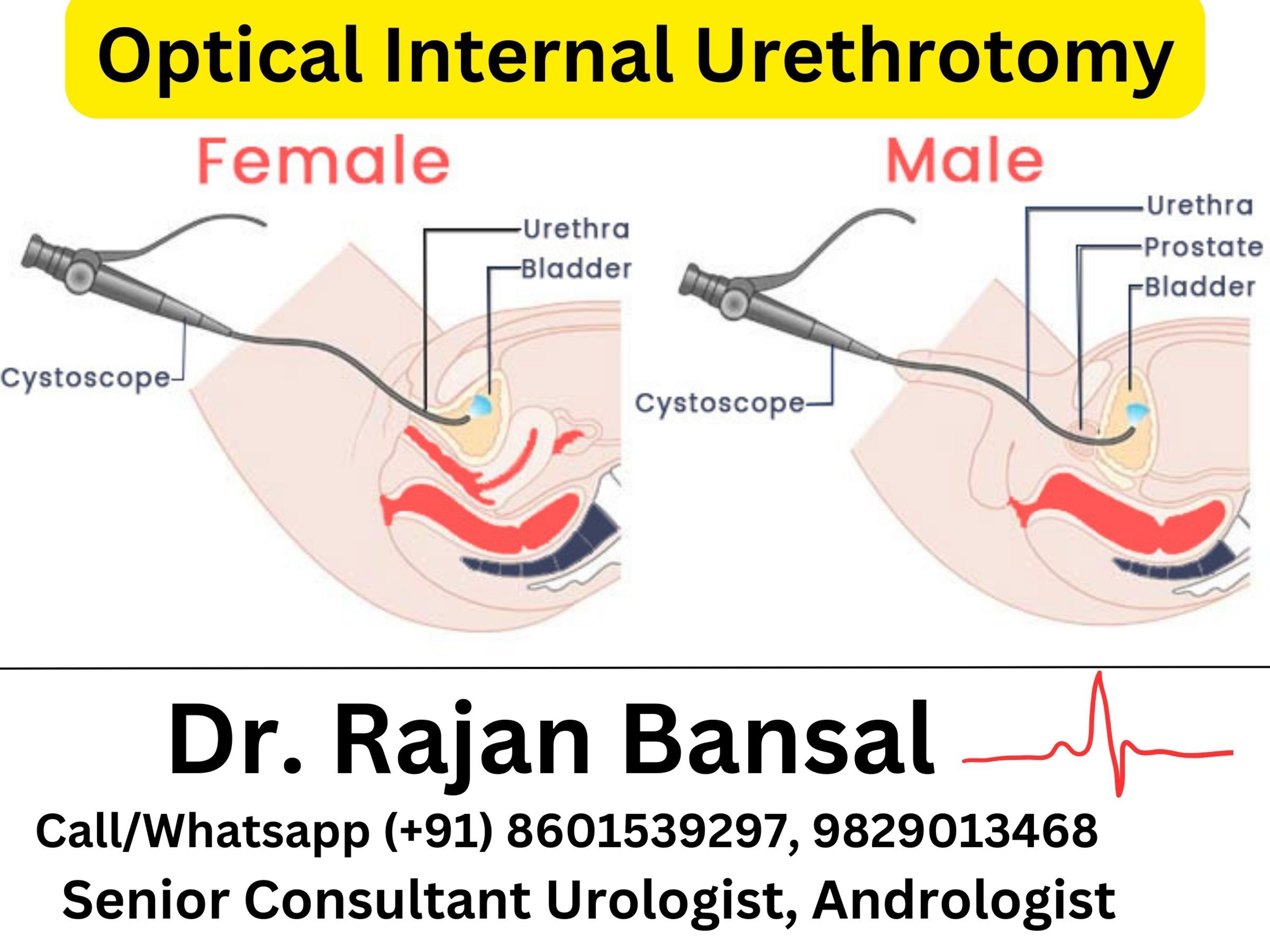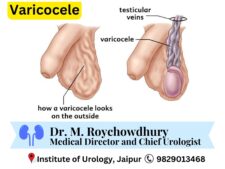Strategies for Preventing Complications in Percutaneous Nephrolithotomy (PCNL): Percutaneous Nephrolithotomy (PCNL) is a valuable tool in the management of kidney stones. While it offers numerous benefits, it is essential for urologists to be aware of potential complications and employ preventive measures to ensure optimal patient outcomes. This article discusses key strategies to minimize the risk of complications associated with PCNL.

I. Hemorrhage Prevention
Preoperative Imaging: Thoroughly review preoperative imaging studies to identify the renal vascular anatomy and potential sources of bleeding.
Coagulation Assessment: Evaluate coagulation parameters and discontinue anticoagulant medications, if possible, prior to the procedure.
Meticulous Tract Dilation: Use controlled dilation techniques to minimize the risk of vascular injury.
Real-time Imaging Guidance: Utilize fluoroscopy or ultrasound to guide tract creation and monitor for potential bleeding during the procedure.
II. Infection Control
Preoperative Antibiotics: Administer prophylactic antibiotics based on local antimicrobial resistance patterns to reduce the risk of postoperative infections.
Aseptic Technique: Adhere strictly to aseptic protocols throughout the procedure to minimize the introduction of bacteria.
III. Sepsis Prevention
Vigilant Postoperative Monitoring: Monitor patients closely for signs of systemic infection, including fever, tachycardia, and altered mental status.
Early Recognition and Intervention: Promptly recognize and treat any signs of systemic infection with broad-spectrum antibiotics.
IV. Avoiding Perforation
Preoperative Planning: Thoroughly review imaging studies to understand the anatomical relationship between the kidney and adjacent structures.
Real-time Imaging: Utilize intraoperative imaging guidance to ensure precise tract creation and minimize the risk of perforation.
V. Pleural Injury Prevention
Careful Access Selection: When performing upper pole access, exercise caution to avoid injury to the pleura.
Real-time Imaging: Utilize imaging guidance to track instrument placement and avoid inadvertent pleural injury.
VI. Preventing Colonic Injury
Tract Selection: Exercise caution when selecting the tract to minimize the risk of colonic injury.
Real-time Imaging: Use imaging guidance to ensure safe tract creation and avoid colonic injury.
VII. Urinoma Prevention
Adequate Drainage: Ensure proper placement of drainage catheters to prevent the accumulation of urine in the retroperitoneal space.
Urinary Diversion: Consider diverting urine away from potential spaces of leakage using percutaneous drainage techniques.
VIII. Minimizing Persistent Stones
Thorough Stone Fragmentation: Ensure complete stone fragmentation to minimize the risk of retained fragments.
Postoperative Imaging: Perform follow-up imaging, such as a CT scan, to confirm complete stone clearance.
IX. Renal Function Preservation
Patient Selection: Carefully assess patients for factors that may increase the risk of renal function impairment, and consider alternative treatment options when appropriate.
Minimize Ischemia Time: Limit the duration of renal ischemia during the procedure to preserve renal function.
X. Effective Pain Management
Multimodal Analgesia: Implement a combination of analgesic modalities to effectively manage postoperative pain.
Regional Anesthesia Techniques: Consider regional techniques such as epidural or nerve blocks to provide targeted pain relief.
XI. Fistula Prevention
Gentle Instrumentation: Handle instruments with care to minimize the risk of creating abnormal connections between structures.
Meticulous Tract Dilation: Exercise caution during tract dilation to prevent unintended fistula formation.
XII. Ureteral Protection
Real-time Imaging: Use imaging guidance to ensure safe advancement of instruments and avoid ureteral injury.
Gentle Handling: Handle instruments with care to prevent injury to the ureter.
XIII. Addressing Retained Stone Fragments
Adequate Fragmentation: Ensure thorough fragmentation of stones to minimize the risk of retained fragments.
Postoperative Imaging: Perform follow-up imaging to identify and plan for the management of any retained stone fragments.
Best Hospital for Large Kidney Stone Treatment – Institute of Urology, C Scheme, Jaipur
By employing these preventive strategies, our expert urologists are able to significantly reduce the risk of complications associated with Percutaneous Nephrolithotomy (PCNL). Diligent preoperative planning, meticulous intraoperative technique, and vigilant postoperative care are essential in ensuring the best possible outcomes for patients undergoing PCNL. In cases where complications do arise, prompt recognition and appropriate intervention remain crucial components of effective patient care.
Institute of Urology, C Scheme, Jaipur stands as the ultimate destination for advanced urological procedures and men’s health related problems since over two decades now. We are a pioneer in the field of urology, the first single super speciality Urology hospital in the state of Rajasthan. We continuously strive to bring the latest and the best of advancements in urology under our roof. This enables us to serve as a hospital enabled with “Total Urology Care Under One Roof”.
You can also avail the facility of online consultation before visiting us in person in order to discuss your problems with our Senior Urologist. We can be reached at the following numbers:
Dr. M. Roychowdhury – 9929513468
Dr. Rajan Bansal – 8601539297







